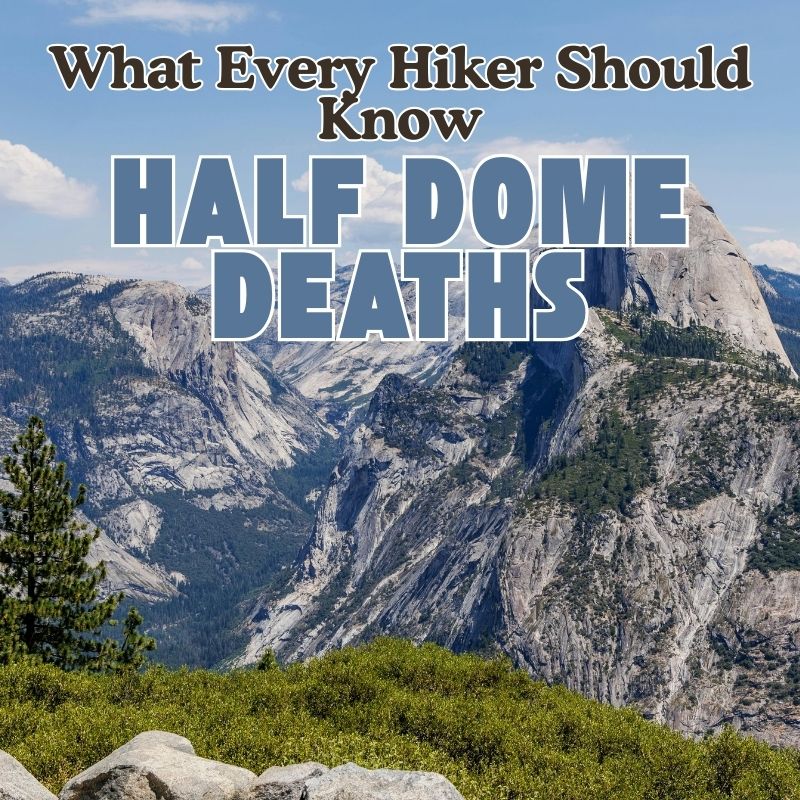
Half Dome Deaths
What Every Hiker Should Know
Half Dome Deaths is one of the most iconic landmarks in Yosemite National Park. Its unique granite formation, towering thousands of feet above the valley floor, attracts thousands of hikers each year. The journey to its summit is both breathtaking and challenging, demanding physical endurance, mental focus, and respect for nature’s power. While many adventurers complete the hike safely, the reality is that Half Dome has also been the site of tragic accidents and deaths over the years.
Exploring why these incidents happen is not about creating fear, but about fostering awareness. By understanding the risks, hikers can better prepare themselves, make safer decisions, and respect the mountain. In this article, we will look at the causes behind Half Dome deaths, the challenges unique to the trail, and the essential precautions every adventurer should consider.
Read also – Malt Liquor: A Cultural Sip Around the World
The Allure of Half Dome
A Symbol of Adventure
Half Dome stands as a symbol of wilderness adventure. Its cables, bolted into the granite near the summit, offer a path that feels both thrilling and intimidating. For many, the climb is a bucket-list achievement, a once-in-a-lifetime challenge.
Why People Take the Risk – Half Dome Deaths
Despite the dangers, thousands attempt the ascent each year. The sense of accomplishment, the panoramic views, and the prestige of completing the trail drive hikers forward. This motivation, however, sometimes leads to underestimating the physical and environmental challenges that come with the climb.
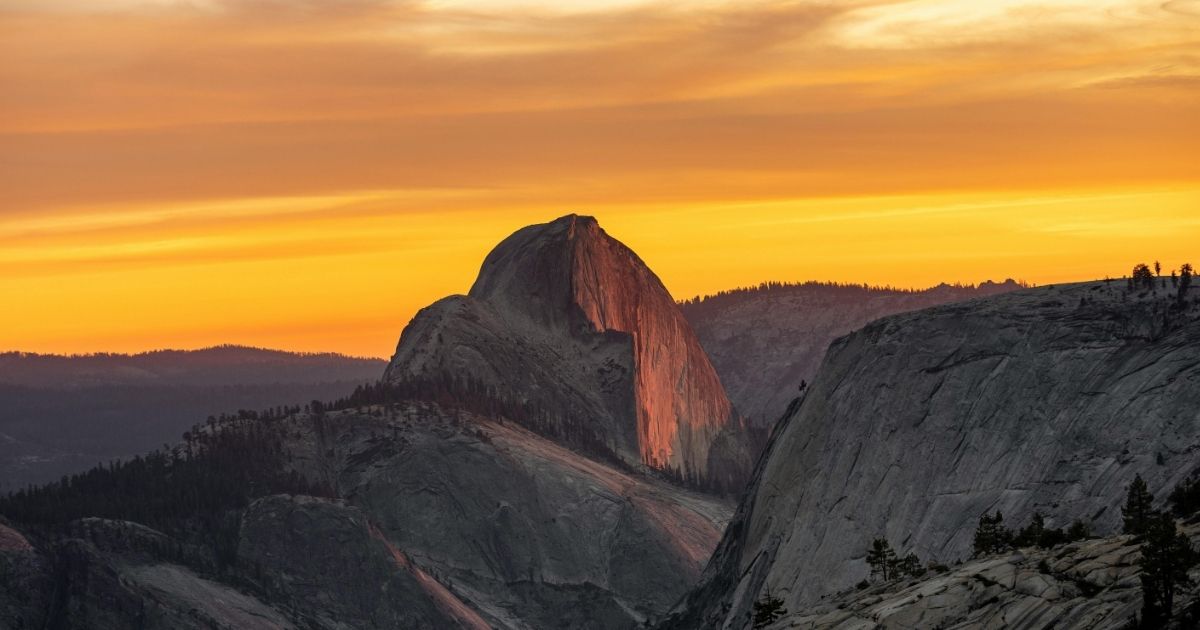
Understanding the Risks
Natural Hazards
Nature is both beautiful and unpredictable. On Half Dome, weather shifts quickly. Rain can turn the granite into a slippery surface. Thunderstorms put hikers at risk of lightning strikes. Even a sudden gust of wind can destabilize climbers on the cables.
Read also – North Macedonia Tailor-Made Trips: Authentic, Affordable & Unforgettable
Human Factors
Most fatalities and injuries involve human error. Rushing to meet a time goal, climbing without proper equipment, or ignoring warning signs can all increase risk. Fatigue also plays a role. By the time hikers reach the cables, they have already traveled miles uphill. Exhaustion often clouds judgment and weakens physical stability.
The Cable Section – Half Dome Deaths
The final ascent on Half Dome is both famous and notorious. The metal cables, installed to aid climbers, demand focus and grip strength. When the surface is dry, it is manageable for most prepared hikers. When wet, however, it becomes extremely dangerous. Many accidents occur on this final stretch, where one slip can have devastating consequences.
The History of Accidents on Half Dome
A Longstanding Concern
For decades, Half Dome has been associated with accidents. While the majority of hikers complete the climb safely, there have been recurring tragedies that highlight the risks. These include falls from the cables, accidents on the steep trails, and health-related emergencies such as dehydration or heart complications.
Patterns of Incidents – Half Dome Deaths
Many of the accidents share common factors: poor weather conditions, overcrowding on the cables, or hikers pushing beyond their limits. These patterns show that deaths are not random but often linked to preventable circumstances.
Read also – How to Find Cheap Flights in 2025 (Even Last-Minute!)
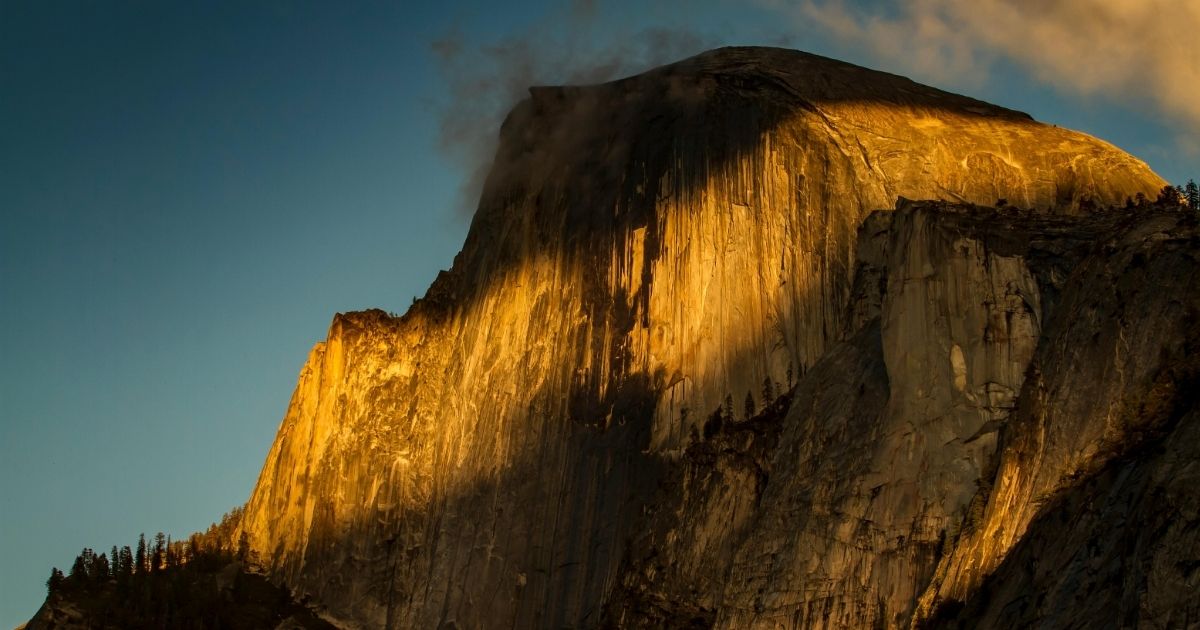
Why Accidents Happen
Slippery Conditions
Slippery conditions are one of the leading contributors to accidents on Half Dome, making awareness and preparation essential for any hiker. First, the granite surface of the mountain, while stunning, can become extremely slick under certain conditions. Rain, morning dew, or even residual moisture from previous storms can reduce traction, creating hazards that demand careful movement.
Similarly, hikers who attempt the climb during or immediately after precipitation face heightened risks. Wet rock surfaces amplify the difficulty of gripping the cables, and even small slips can lead to serious injuries or falls. Consequently, understanding how weather impacts the trail is critical for safe planning and execution.
Moreover, the cables themselves can become hazardous when wet. Metal conducts water and can be difficult to grasp securely, particularly for fatigued hikers. Wearing gloves with good grip, moving deliberately, and maintaining steady handholds are essential strategies to navigate this section safely. In addition, hikers should avoid overcrowding on the cables, as one slip can endanger multiple people in wet conditions.
Another factor is footwear. Shoes with worn soles or inadequate tread significantly increase the likelihood of slips. Therefore, investing in high-quality hiking shoes designed for rocky, wet terrain enhances safety and confidence.
Ultimately, recognizing and respecting slippery conditions transforms a potentially dangerous hike into a manageable challenge. By monitoring weather forecasts, adjusting plans, and employing appropriate gear and techniques, hikers reduce their risk and improve their overall experience. Consequently, preparation and caution ensure that the breathtaking climb up Half Dome remains a thrilling adventure without unnecessary danger.
Overcrowding – Half Dome Deaths
During peak season, the cables become crowded. Hikers ascending and descending simultaneously can create chaos. In these moments, a single misstep may lead to a fall.
Physical Strain
Half Dome is not a short hike. The round trip spans over 14 miles and includes steep elevation gain. By the time hikers reach the cables, their muscles are tired, their focus may waver, and their grip strength is reduced. This exhaustion increases the likelihood of accidents.
Ignoring Warnings
Despite park advisories, some hikers attempt the summit during storms or without permits. Disregarding guidelines not only endangers individuals but also risks the safety of rescuers who must respond when something goes wrong.
Read also – Earl Bales Park Toronto: A Peaceful Escape in the Heart of the City
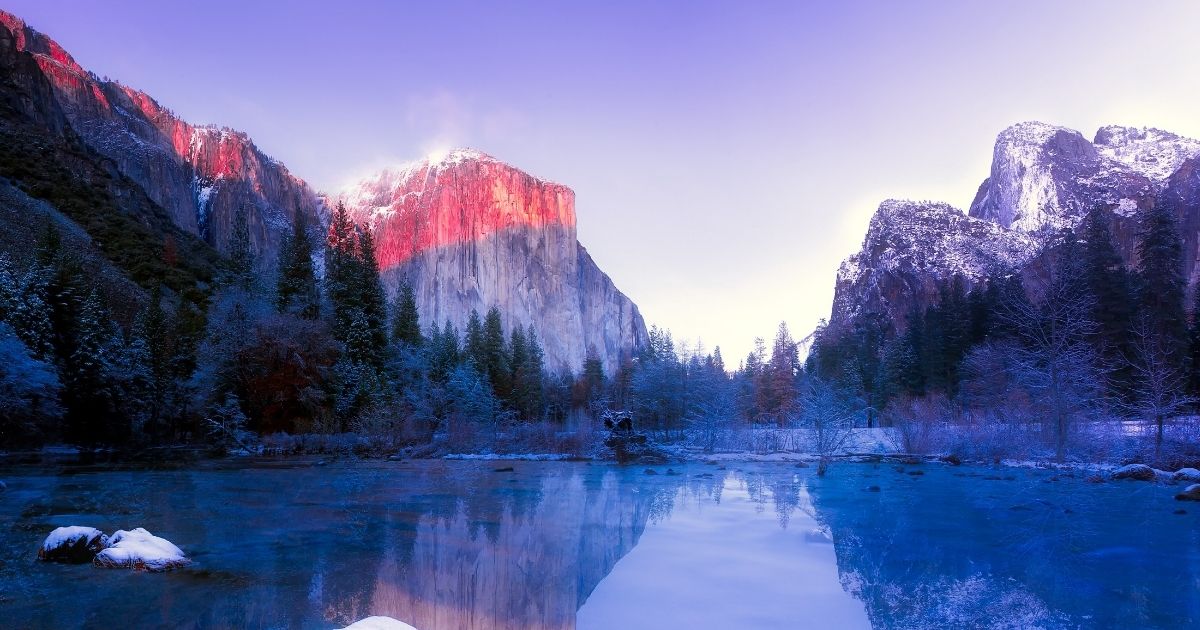
Lessons from Tragedies – Half Dome Deaths
Respect the Mountain
Each death on Half Dome serves as a reminder that nature demands respect. The granite dome does not forgive carelessness. Understanding the risks and preparing accordingly can save lives.
Preparation Matters
Preparation is one of the most critical factors in ensuring a safe and successful Half Dome hike. First, understanding the trail’s length, elevation, and difficulty helps hikers set realistic expectations and plan accordingly. Knowing the demands of the hike prevents overconfidence and encourages thoughtful pacing throughout the journey.
Similarly, physical conditioning plays a major role in reducing risk. Cardiovascular training, strength exercises, and practice hikes on steep or rocky terrain improve endurance, balance, and overall readiness. Consequently, well-prepared hikers can navigate challenging sections, such as the cables, with greater stability and confidence.
Moreover, proper gear is essential for safety and comfort. Hiking boots with excellent traction, gloves for the cable section, weather-appropriate clothing, and sufficient hydration all contribute to minimizing accidents. In addition, packing essentials like first-aid supplies, snacks, and a headlamp prepares hikers for unexpected situations.
Another aspect of preparation is timing. Starting early in the morning allows hikers to avoid afternoon thunderstorms, reduces congestion on the cables, and provides adequate time for a safe ascent and descent. Planning for contingencies, such as sudden weather changes or minor injuries, further ensures safety.
Finally, understanding regulations and permits is part of thorough preparation. The permit system limits crowding on the cables and helps rangers manage safety. By adhering to these guidelines, hikers not only comply with rules but also reduce risk for themselves and others.
Ultimately, preparation transforms a challenging hike into an achievable adventure. By training physically, equipping properly, planning wisely, and respecting regulations, hikers increase their chances of a safe and rewarding experience. Consequently, thoughtful preparation allows adventurers to focus on the awe-inspiring views and personal achievement rather than preventable hazards.
Preparing for the Hike
Physical Readiness – Half Dome Deaths
Half Dome is not a beginner’s trail. Hikers should build stamina through long hikes, cardio training, and strength exercises before attempting the climb.
Proper Gear – Half Dome Deaths
Equipment can make the difference between safety and danger. Shoes with strong grip, gloves for the cables, and plenty of water are essential. A headlamp is also crucial for those who may return after dark.
Timing the Ascent
Starting early in the morning allows hikers to avoid crowds and afternoon thunderstorms. Rushing at the wrong time of day adds unnecessary danger.
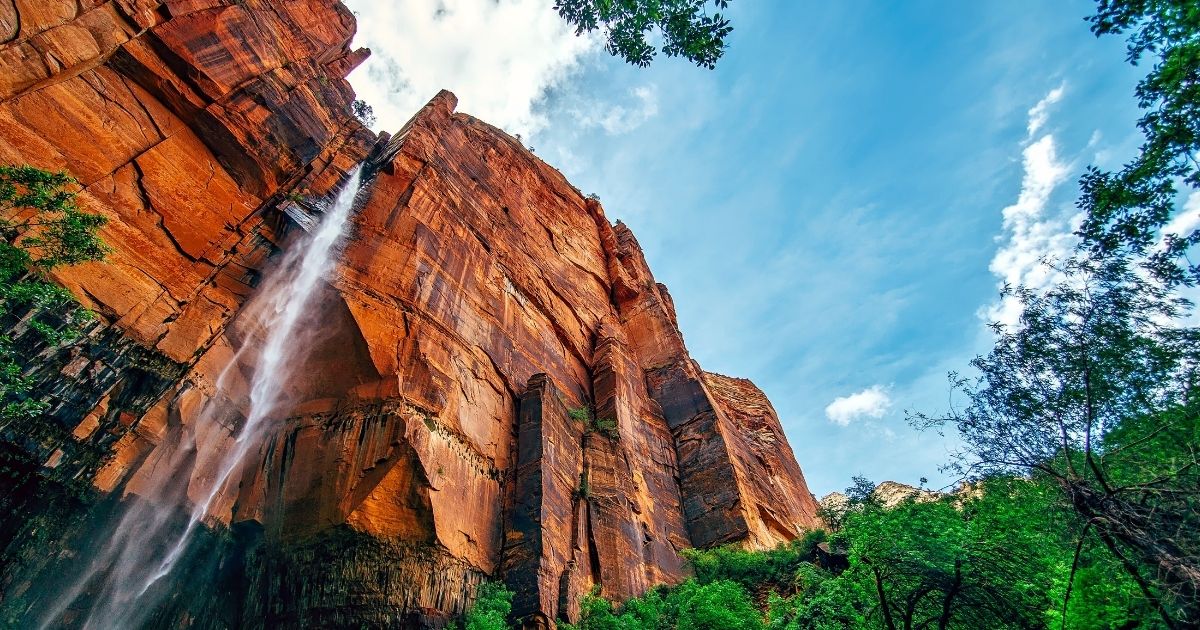
Safety on the Trail – Half Dome Deaths
Hydration and Nutrition
Dehydration and fatigue contribute to many accidents. Carrying enough water and food ensures energy and focus throughout the hike.
Read also – Sanur Beach in Bali – Your Ultimate Guide to a Peaceful Paradise
Weather Awareness
Checking forecasts before and during the hike is essential. If storms approach, turning back is always the safer decision. Half Dome will be there another day.
Using the Cables Safely – Half Dome Deaths
Hold on firmly, move at a steady pace, and be patient with others. Overconfidence or rushing on the cables increases the likelihood of a slip.
The Role of Park Management – Half Dome Deaths
Permits and Regulations
The permit system was introduced to limit overcrowding. While some view it as restrictive, it has greatly improved safety by reducing chaos on the cables.
Rescue Efforts
Rangers and rescue teams respond to emergencies on Half Dome, often risking their own safety. Their work underscores the seriousness of accidents in such remote locations.
Psychological Factors in Risk
The Pressure to Succeed
Many hikers feel pressure to reach the summit, even when conditions are unfavorable. This mindset can override common sense.
Read also – Manoa Falls Honolulu HI: Best Tropical Adventure through Nature’s Masterpiece
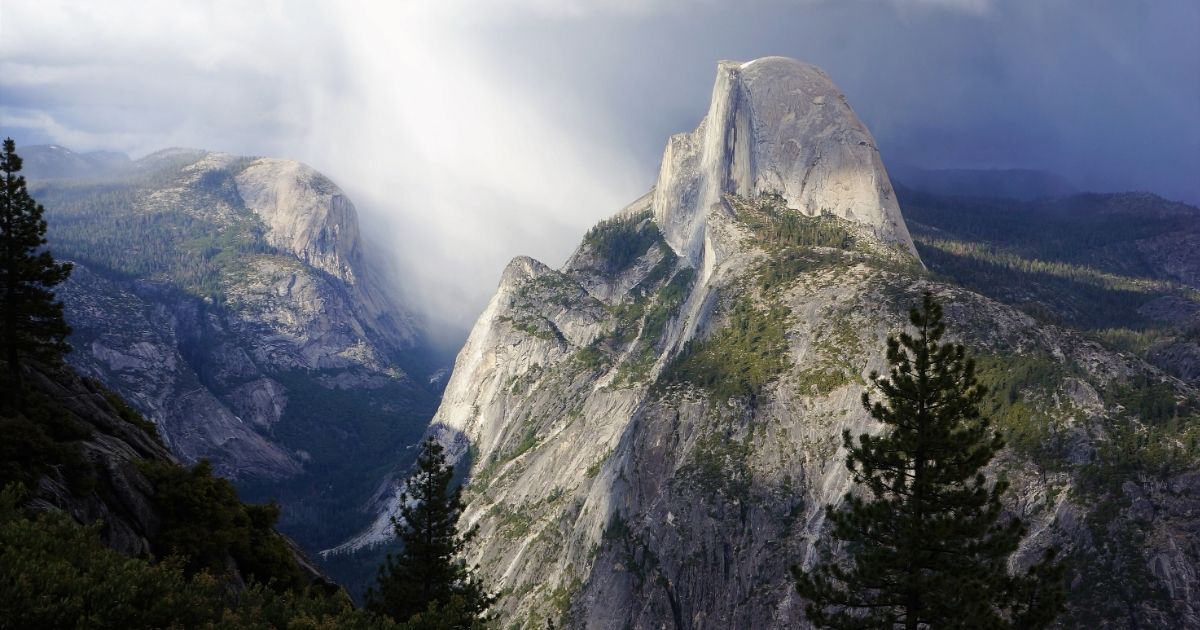
Group Influence
Peer pressure within hiking groups often leads individuals to take risks they might otherwise avoid. Knowing when to say no is a critical skill.
Beyond the Headlines – Half Dome Deaths
Media Focus on Tragedies
Whenever a death occurs on Half Dome, it garners widespread media attention. While this raises awareness, it sometimes overshadows the fact that most hikers complete the climb safely.
Read also – Kalanggaman Island Philippines: Paradise You Need To Visit
Balanced Perspective – Half Dome Deaths
Maintaining a balanced perspective is essential when considering the risks of Half Dome. First, it is important to recognize that, while accidents and deaths do occur, the vast majority of hikers complete the climb safely each year. Understanding this fact helps prevent unnecessary fear while still respecting the challenges of the trail.
Similarly, acknowledging both the dangers and rewards of the hike encourages responsible decision-making. Overemphasizing risks may discourage hikers from experiencing this iconic trail, while underestimating hazards can lead to preventable accidents. Consequently, finding a middle ground ensures both safety and fulfillment.
Moreover, considering alternative options allows hikers to tailor the experience to their abilities and comfort levels. Trails like Glacier Point, Clouds Rest, and Yosemite Falls provide breathtaking views with lower risk, offering a way to enjoy the park without confronting extreme challenges. In addition, gradually building experience through smaller hikes helps prepare individuals for Half Dome when they feel ready.
Another important aspect of a balanced perspective is mental preparedness. Hikers who approach the climb with patience, self-awareness, and realistic expectations are more likely to handle unexpected obstacles calmly. Therefore, cultivating emotional resilience and adaptability complements physical preparation and safety measures.
Ultimately, maintaining a balanced perspective transforms the Half Dome experience from a source of anxiety into an empowering adventure. By recognizing both risks and rewards, considering alternatives, and preparing mentally and physically, hikers can approach the trail with confidence and mindfulness. Consequently, this approach allows adventurers to fully appreciate the beauty, challenge, and personal growth that Half Dome offers while minimizing unnecessary danger.

Safer Alternatives
Other Trails in Yosemite
For those who feel uncertain about Half Dome, Yosemite offers countless breathtaking hikes. Trails to Glacier Point, Clouds Rest, or Yosemite Falls provide stunning views without the same level of risk.
Read also – Things to Do in Honolulu – Discover Everything You Need
Building Experience Gradually
Beginners can start with shorter hikes and gradually work their way up to Half Dome. Building skills and confidence step by step reduces the chances of accidents when attempting the bigger challenge.
Honoring Those Who Lost Their Lives – Half Dome Deaths
A Reminder for Future Generations
Each life lost on Half Dome is a tragedy, but these events also serve as valuable lessons. By honoring their memory, hikers can approach the trail with greater mindfulness.
Read also – Hotels in Alabang – Best Hotels for a Relaxing
Turning Tragedy into Awareness – Half Dome Deaths
Tragic incidents on Half Dome provide crucial lessons for hikers, transforming loss into an opportunity to promote safety and awareness. First, understanding the circumstances behind past accidents helps hikers recognize the risks involved in the climb. By studying these events, adventurers can better prepare physically, mentally, and logistically for the challenges ahead.
Similarly, sharing stories of accidents raises awareness among prospective hikers. Blogs, social media posts, and educational campaigns highlight the importance of preparation, proper gear, and respecting weather warnings. Consequently, these narratives help prevent future tragedies by informing and motivating others to make safer choices.
Moreover, park authorities and rescue teams use lessons learned from incidents to improve safety measures. By analyzing accident patterns, rangers can adjust permit systems, enhance trail signage, and refine emergency response protocols. In addition, educational programs and informational brochures target common mistakes, such as underestimating the difficulty of the cable section or ignoring hydration and nutrition needs.
Another effective approach is fostering a community of responsible hikers. Groups, forums, and online platforms allow individuals to discuss experiences, exchange safety tips, and provide support. Therefore, communal knowledge reinforces safer practices while cultivating a culture of awareness and respect for the trail.
Ultimately, turning tragedy into awareness transforms the narrative around Half Dome from fear to education. By reflecting on past incidents, sharing knowledge, and implementing lessons learned, hikers can honor those who lost their lives while creating a safer environment for others. Consequently, awareness becomes a tool for prevention, ensuring that the awe-inspiring challenge of Half Dome remains an inspiring and memorable adventure rather than a cautionary tale.

Conclusion
Half Dome stands as both a natural wonder and a challenge. The deaths that have occurred here remind us that adventure is never without risk. However, by preparing thoroughly, respecting the conditions, and knowing personal limits, hikers can minimize danger. The goal is not just to reach the summit but to return safely, carrying memories rather than regrets.
The legacy of Half Dome deaths should not discourage hikers but instead inspire a culture of respect, preparation, and awareness. With the right mindset, the climb remains a symbol of achievement, not tragedy.




[…] also – Half Dome Deaths: What Every Hiker Should […]
[…] also – Half Dome Deaths: What Every Hiker Should […]